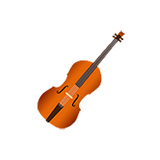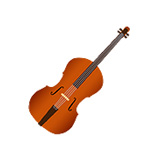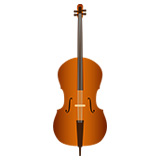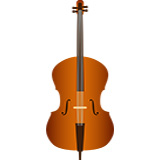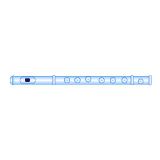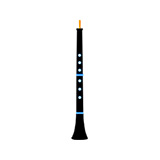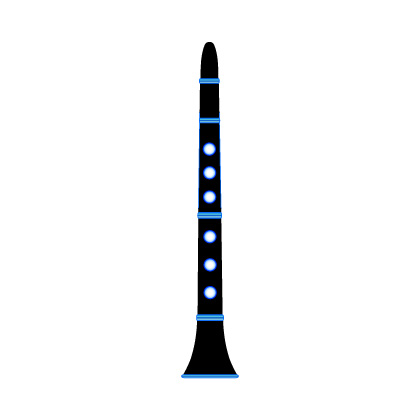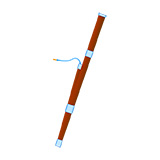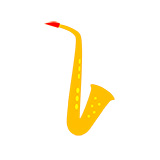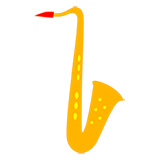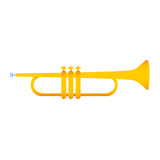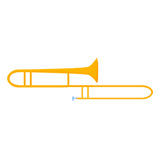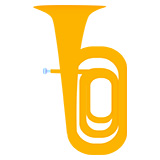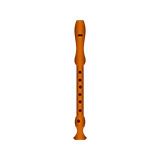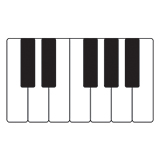
Home - Time Focus - Time Lines Contents

Time Lines Unit 7 Introduction
How to Play Pickup Notes in 2/4, 3/4, and 4/4
All of the music covered in Time Lines so far has begun on beat one of the first measure. However, sometimes patterns and melodies can include notes that begin before the first full measure. These notes are called pickup notes or anacrusis. If there is an incomplete measure at the beginning of a piece of music, it is called a pickup measure.
To determine the beats of a pickup measure, count backwards from the end of the measure. For example, if a melody is in 3/4 and there is a pickup note that is one beat long, it would be counted as beat 3.
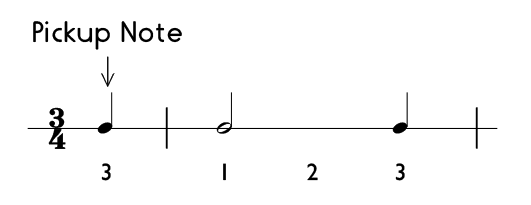
There are four different pickup measure lengths in this unit: one beat, two beats, half a beat, and one and a half beats. When a piece of music includes a pickup measure, the number of beats in the last measure will be reduced by the number of beats in the pickup measure. For example, a melody in 3/4 with a pickup measure of one beat will have two beats in the last measure. All of the exercises, patterns, and melodies in this unit demonstrate this rule.
Unit 7 Practice Tools: coming soon!
Exercises: Play exercises with pickup notes in 2/4, 3/4, and 4/4.
Patterns: Pickup note rhythm patterns in 3/4 and 4/4.
Melodies: Pickup note melodic phrases in 3/4 and 4/4.
Practice Tips for Accurate Rhythm and Reading Skills
When practicing music that has pickup notes, count a full measure of beats before the pickup notes begin. The examples below show how to count the pickup measures in this unit. Doing so will help you feel the difference between the pickup notes and the downbeat of the first full measure.








